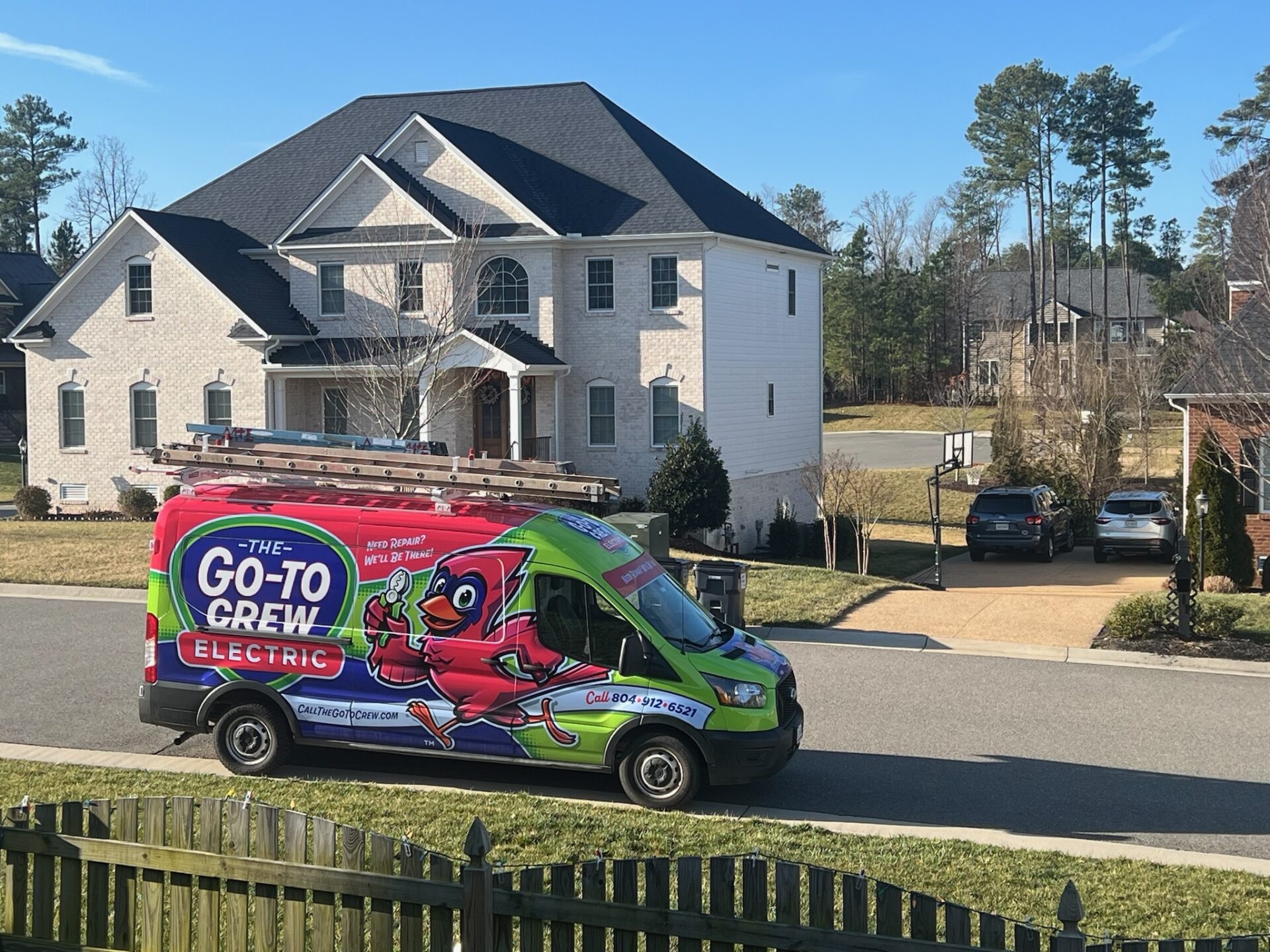Whether you’re looking to enhance security for your home, business, or property, understanding the ins and outs of surveillance systems is essential. In this guide, we’ll walk you through everything you need about surveillance system installations, from selecting the right equipment to professional installation and maintenance tips.
Let’s empower you with the knowledge to safeguard your space with advanced security solutions!
Understanding Surveillance Systems
Surveillance systems, or security camera systems, are electronic systems designed to monitor and record activities in and around a property. These systems consist of cameras, recording devices, and monitoring software that provide real-time surveillance and video evidence of incidents.
Critical Components of Surveillance Systems
- Cameras: Surveillance cameras come in various types, including dome cameras, bullet cameras, and PTZ (pan-tilt-zoom) cameras. Each offers different features, such as fixed or adjustable lenses, infrared night vision, and high-resolution imaging.
- Recording Devices: Surveillance systems use digital video recorders (DVRs) or network video recorders (NVRs) to store video footage captured by the cameras. These devices provide storage capacity, playback capabilities, and remote access to recorded footage.
- Monitoring Software: Surveillance systems may include monitoring software or apps that allow users to view live camera feeds, playback recorded footage, and receive notifications of motion or activity alerts.
- Connectivity: Surveillance cameras can be wired or wireless, depending on the installation requirements and preferences. Wired cameras require physical cabling for power and data transmission, while wireless cameras connect to the network via Wi-Fi or cellular networks.
Benefits of Surveillance Systems
Investing in a surveillance system offers numerous benefits for homeowners, businesses, and property managers:
- Crime Deterrence: Visible surveillance cameras deter theft, vandalism, and other criminal activities by signaling that the property is under surveillance and increasing the risk of detection.
- Enhanced Security: Surveillance systems monitor activities in real-time, allowing users to respond quickly to security threats, emergencies, and suspicious behavior.
- Remote Monitoring: With remote access capabilities, users can monitor their property from anywhere using a smartphone, tablet, or computer, providing peace of mind and flexibility.
- Evidence Collection: Surveillance cameras capture video evidence of theft, trespassing, and property damage, which can be used for investigation, prosecution, and insurance claims.
- Employee Monitoring: Surveillance systems help businesses monitor employee activities, ensure workplace safety, and prevent unauthorized access to sensitive areas.
Types of Surveillance Systems
There are several types of surveillance systems available, each with unique features and capabilities to suit different applications and security needs:
- Analog CCTV Systems: Analog closed-circuit television (CCTV) systems use traditional analog cameras and DVRs to record video footage. While cost-effective, analog systems offer lower resolution and features than digital systems.
- IP Camera Systems: Internet Protocol (IP) cameras use network cameras and NVRs to capture and store high-definition video footage. IP cameras offer advanced features such as remote access, motion detection, and analytics capabilities.
- Wireless Surveillance Systems: Wireless surveillance systems use Wi-Fi or cellular connectivity to transmit video footage, eliminating the need for physical cables and enabling flexible installation options.
- PTZ Camera Systems: PTZ (pan-tilt-zoom) camera systems feature motorized pan, tilt, and zoom capabilities, allowing users to remotely control the camera’s movement and focus on specific areas of interest.
- Hybrid Systems: Hybrid surveillance systems combine analog and IP cameras with hybrid DVRs or NVRs, offering flexibility for upgrading analog systems to digital technology while preserving existing infrastructure.
Selecting the Right Surveillance System
When choosing a surveillance system, consider the following factors to ensure it meets your security requirements and budget:
- Coverage Area: Assess your property’s size and layout to determine the number and placement of cameras needed to cover critical areas such as entry points, parking lots, and outdoor spaces.
- Resolution and Image Quality: Select cameras with high-resolution imaging (measured in megapixels) to capture clear and detailed video footage, especially for identifying faces, license plates, and other critical details.
- Night Vision: Choose cameras with infrared (IR) or low-light capabilities for reliable surveillance in low-light or nighttime conditions, ensuring around-the-clock security.
- Remote Access: Look for surveillance systems with remote access features that allow you to view live camera feeds, playback recorded footage, and receive alerts from anywhere using a smartphone or computer.
- Scalability: Consider the surveillance system’s scalability to accommodate future expansion or upgrades, such as adding additional cameras or integrating with other security devices and systems.
Professional Installation and Maintenance
While some surveillance systems are DIY-friendly, professional installation ensures optimal performance, reliability, and compliance with local regulations. Here’s why professional installation is recommended:
- Expertise: Professional installers have the knowledge, experience, and tools to properly install and configure surveillance cameras, DVRs, and monitoring software for optimal performance and functionality.
- Compliance: Professional installers ensure surveillance systems comply with local regulations and privacy laws governing the installation and use of surveillance cameras on private property.
- Customization: Professional installers can customize the surveillance system to meet your specific security needs and preferences, including camera placement, wiring, and integration with other security devices.
- Training and Support: Professional installers provide training on how to use and maintain the surveillance system effectively and ongoing technical support and troubleshooting assistance.
Maintenance and Care
It is vital to do routine maintenance in order to guarantee the dependability and effectiveness of your surveillance system. Follow these tips to keep your system in top condition:
- Clean Cameras: Regularly clean camera lenses and housings carefully clear away any dirt, dust, or debris that may be present affect image quality and visibility.
- Check Connections: Inspect camera connections, cables, and power sources for signs of damage or deterioration and address any issues promptly.
- Test Equipment: Periodically test cameras, recording devices, and monitoring software to ensure they function correctly and record video footage as expected.
- Update Software: Keep surveillance system software and firmware as current as possible with the most recent updates and additions to the security system in order to prevent vulnerabilities and ensure compatibility with new devices and technologies.
- Professional Maintenance: Schedule regular maintenance checks by a trained professional who will thoroughly examine and adjust your surveillance system, including camera alignment, lens focus, and software updates.
If you’re ready to invest in a surveillance system or have any questions, don’t hesitate to contact our team of experts. Let’s secure your space with advanced security solutions together!



